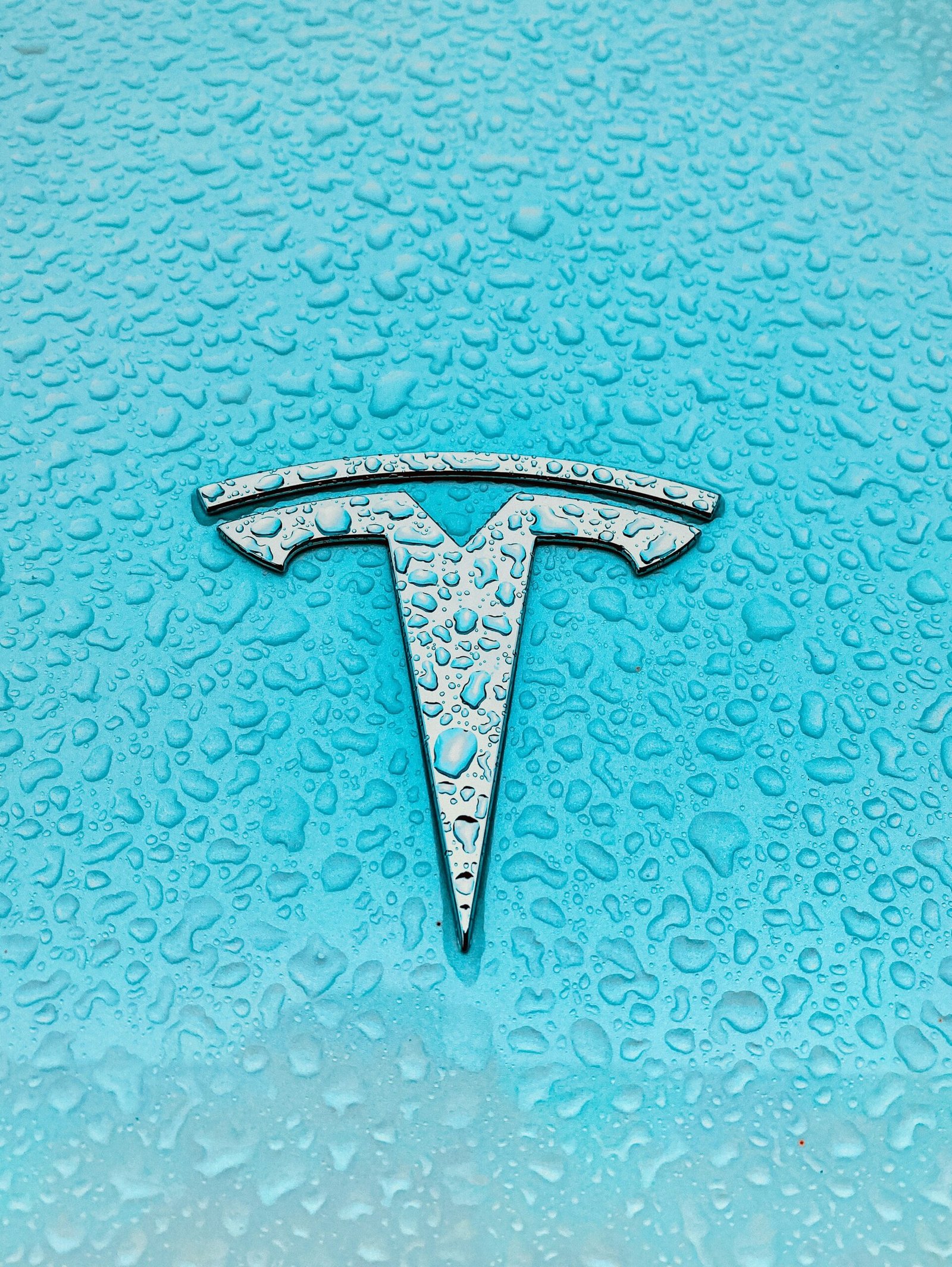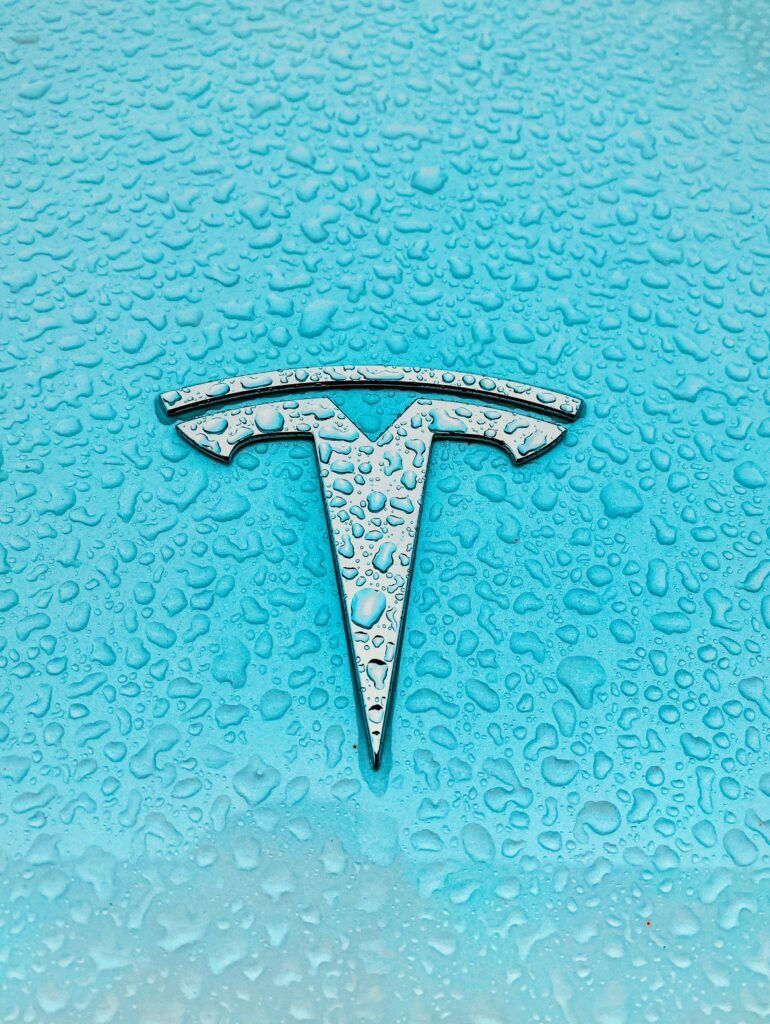
The Future of Electric Vehicles and Your First Purchase
Are you considering making the switch to an electric vehicle (EV) for your next car purchase, but have questions about the technology, charging infrastructure, and cost? This article will guide you through the future of EVs and help you make an informed decision for your first purchase.

This image is property of images.unsplash.com.
Benefits of Electric Vehicles
Electric vehicles offer numerous benefits compared to traditional gasoline-powered cars. From cost savings to environmental impact, there are plenty of reasons to consider an EV for your next vehicle purchase.
Cost Savings
One of the most significant benefits of owning an electric vehicle is the potential cost savings over time. While EVs may have a higher upfront cost, they are often cheaper to operate and maintain than traditional gas-powered cars. With fewer moving parts and no need for gasoline, EVs can result in lower fuel and maintenance costs.
Environmental Impact
Another key advantage of electric vehicles is their reduced environmental impact. EVs produce zero tailpipe emissions, which can help improve air quality and combat climate change. By driving an electric vehicle, you can reduce your carbon footprint and contribute to a cleaner, more sustainable future.
Types of Electric Vehicles
When it comes to electric vehicles, there are several options to choose from, each with its own unique features and advantages. Understanding the different types of EVs can help you make an informed decision for your first purchase.
Battery Electric Vehicles (BEVs)
Battery electric vehicles, or BEVs, are fully electric cars that run solely on electricity stored in a battery. BEVs do not have an internal combustion engine and produce zero tailpipe emissions. These vehicles must be plugged in to charge and typically have a range of 100-300 miles per charge.
Plug-in Hybrid Electric Vehicles (PHEVs)
Plug-in hybrid electric vehicles, or PHEVs, combine a gasoline engine with an electric motor and battery. PHEVs can operate on electricity alone for a limited range before switching to gasoline power. These vehicles offer the flexibility of using either electricity or gasoline, depending on your driving needs.
Hybrid Electric Vehicles (HEVs)
Hybrid electric vehicles, or HEVs, use a gasoline engine and an electric motor to improve fuel efficiency. HEVs cannot be plugged in to charge, as they generate electricity through regenerative braking and the gasoline engine. These vehicles are a good option for drivers looking to reduce fuel consumption without the need for charging infrastructure.

This image is property of images.unsplash.com.
Charging Infrastructure
One of the primary considerations when purchasing an electric vehicle is access to charging infrastructure. Understanding the different types of chargers and where to find them can help alleviate concerns about range anxiety and ensure a seamless driving experience.
Home Charging
Many electric vehicle owners choose to install a level 2 charger at home for convenient overnight charging. Level 2 chargers can fully charge an EV in 4-8 hours, depending on the vehicle’s battery size. Home charging is cost-effective and allows you to start each day with a full battery.
Public Charging
Public charging stations are becoming more prevalent in urban areas, shopping centers, and workplace parking lots. These stations typically offer level 2 charging, which can replenish your EV’s battery in a few hours. Some public charging stations also provide fast charging options, such as DC fast chargers, which can charge your EV to 80% in 30-60 minutes.
Charging Networks
Various charging networks, such as ChargePoint, EVgo, and Electrify America, provide access to thousands of charging stations across the country. By joining a charging network, you can locate and access charging stations through a mobile app, pay for charging sessions, and receive real-time updates on station availability.
Government Incentives
Government incentives and rebates can make purchasing an electric vehicle more affordable and attractive. By taking advantage of federal, state, and local incentives, you can reduce the upfront cost of an EV and enjoy ongoing benefits while driving.
Federal Tax Credits
The federal government offers a tax credit of up to $7,500 for the purchase of a new electric vehicle. The tax credit amount varies based on the size of the vehicle’s battery and begins to phase out after an automaker sells 200,000 eligible vehicles. Be sure to check the current tax credit availability for the EV model you’re considering.
State Rebates
Many states offer additional rebates and incentives for electric vehicle purchases, such as cash rebates, reduced registration fees, and access to high-occupancy vehicle (HOV) lanes. These state-level incentives can further lower the cost of owning an EV and encourage more drivers to make the switch to electric transportation.
Utility Programs
Some utilities offer programs and incentives to encourage EV adoption, such as discounted electricity rates for EV charging, free installation of home charging equipment, and bill credits for EV owners. By participating in utility programs, you can save money on charging costs and support the growth of clean energy in your community.

This image is property of images.unsplash.com.
Choosing Your First Electric Vehicle
With so many electric vehicle models on the market, choosing the right EV for your first purchase can be overwhelming. Consider factors such as range, performance, features, and budget to find the perfect electric vehicle that meets your needs and preferences.
Range
The range of an electric vehicle refers to how far it can travel on a single charge. When choosing your first EV, consider your daily driving habits and the necessary range to meet your needs. Some EVs offer ranges of 200-300 miles or more, while others may have shorter ranges suitable for city driving.
Performance
Electric vehicles are known for their instant torque and smooth acceleration, providing a fun and responsive driving experience. Test drive different EV models to compare their performance characteristics, handling, and overall driving feel. Look for features such as regenerative braking, adjustable driving modes, and advanced safety systems.
Features
Modern electric vehicles come equipped with a variety of features and technologies to enhance comfort, convenience, and connectivity. Consider features such as touchscreen infotainment systems, navigation, smartphone integration, adaptive cruise control, and advanced driver assistance systems. Choose an EV with the features that matter most to you.
Budget
When setting a budget for your first electric vehicle purchase, factor in the cost of the vehicle, available incentives, charging infrastructure, and ongoing operational expenses. Consider total cost of ownership over the vehicle’s lifetime, including maintenance, insurance, and electricity costs. Choose an EV that fits your budget and provides the best value for your investment.
Conclusion
As the automotive industry shifts toward electrification, the future of electric vehicles is brighter than ever. With advancements in technology, charging infrastructure, and government incentives, owning an electric vehicle has never been more appealing. Whether you’re considering your first EV purchase or looking to upgrade to a newer model, the benefits of electric transportation are undeniable. By understanding the different types of electric vehicles, charging infrastructure options, government incentives, and choosing the right EV for your needs, you can make a confident and informed decision for a cleaner, more sustainable future on the road.